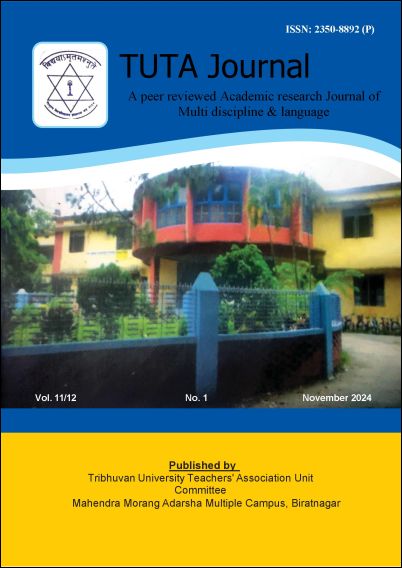Social Identity Theory and Group Behavior
DOI:
https://doi.org/10.3126/tutaj.v12i1.74063Keywords:
Social categorization, social identification, social comparison, fostering inclusivityAbstract
This article explores Social Identity Theory (SIT) as a framework for understanding group behavior and intergroup dynamics. Developed by Tajfel and Turner (1979), SIT examines the psychological processes of social categorization, social identification, and social comparison, which underpin how individuals form group identities and perceive out-group members. The article delves into the core mechanisms of SIT, including the ways in which social categorization shapes in-group/out-group distinctions, social identification strengthens group cohesion, and social comparison drives behaviors aimed at maintaining or enhancing group status. Through the lens of SIT, the article highlights the complexities of loyalty, prejudice, and intergroup conflict, offering insights into the factors that promote cooperation or rivalry between groups. Modern extensions of SIT, such as self-categorization theory, are also discussed to emphasize the evolving nature of group dynamics in contemporary society. The implications of SIT are examined in various contexts, including nationalism, workplace dynamics, and community integration, demonstrating its relevance in both local and global phenomena. Ultimately, the article underscores the importance of SIT in understanding group behavior and provides directions for future research on the evolving nature of group identities in an increasingly interconnected world.




